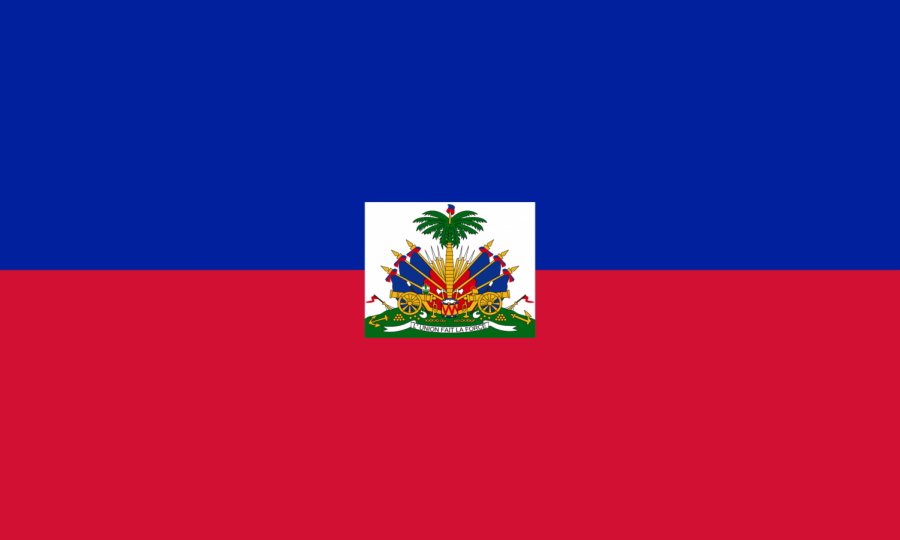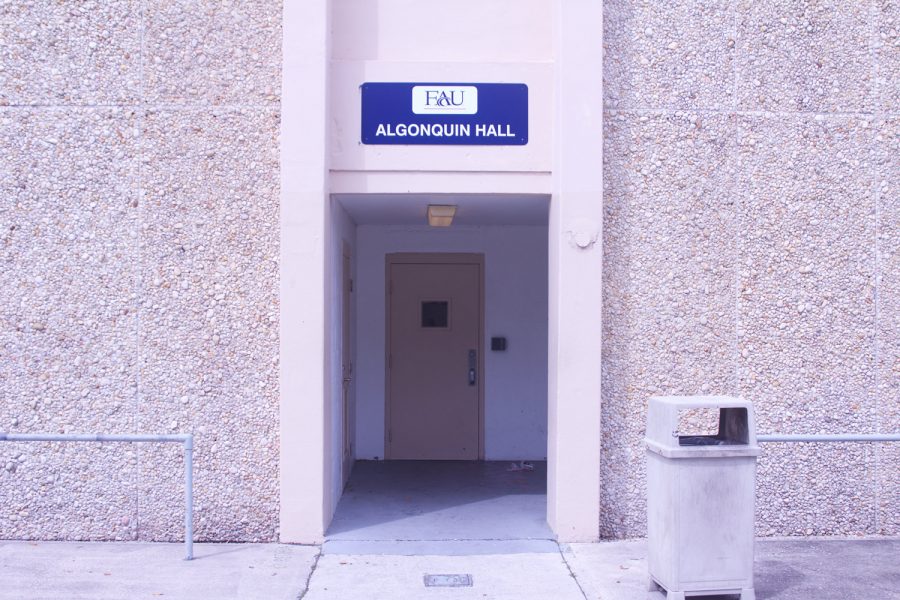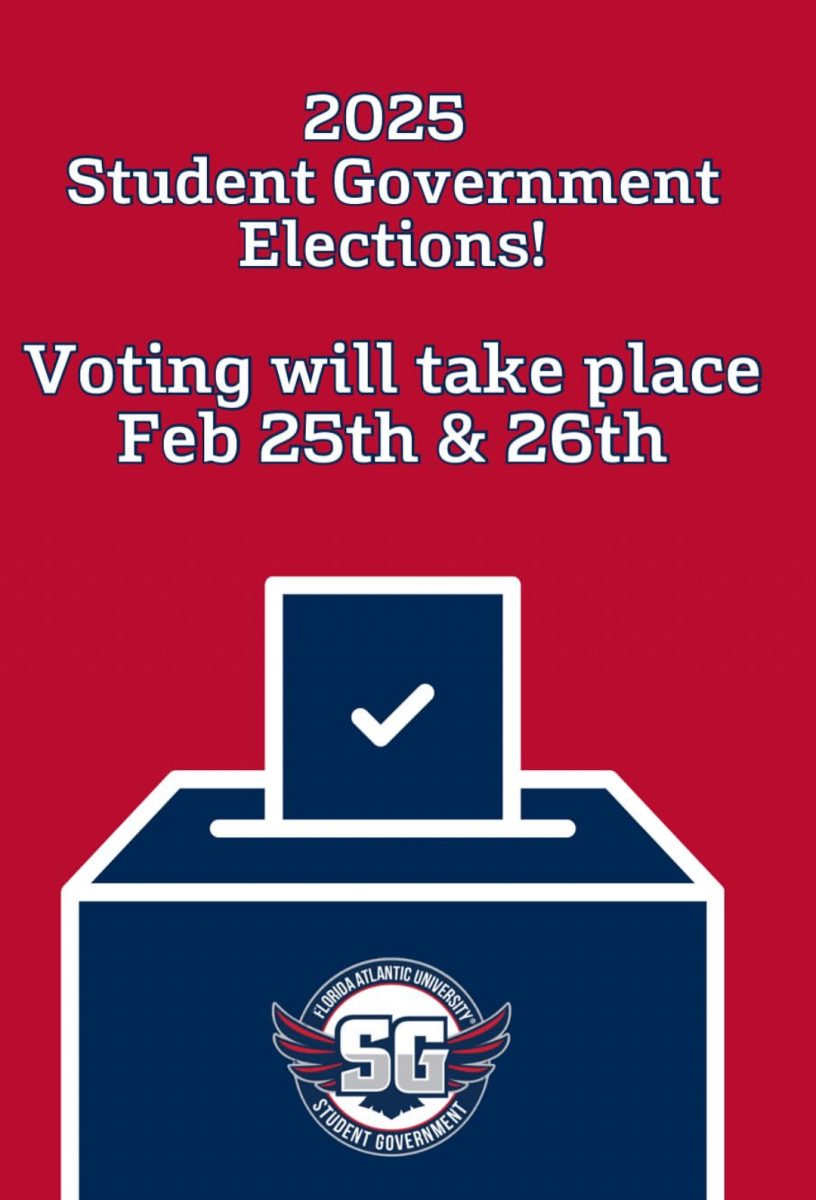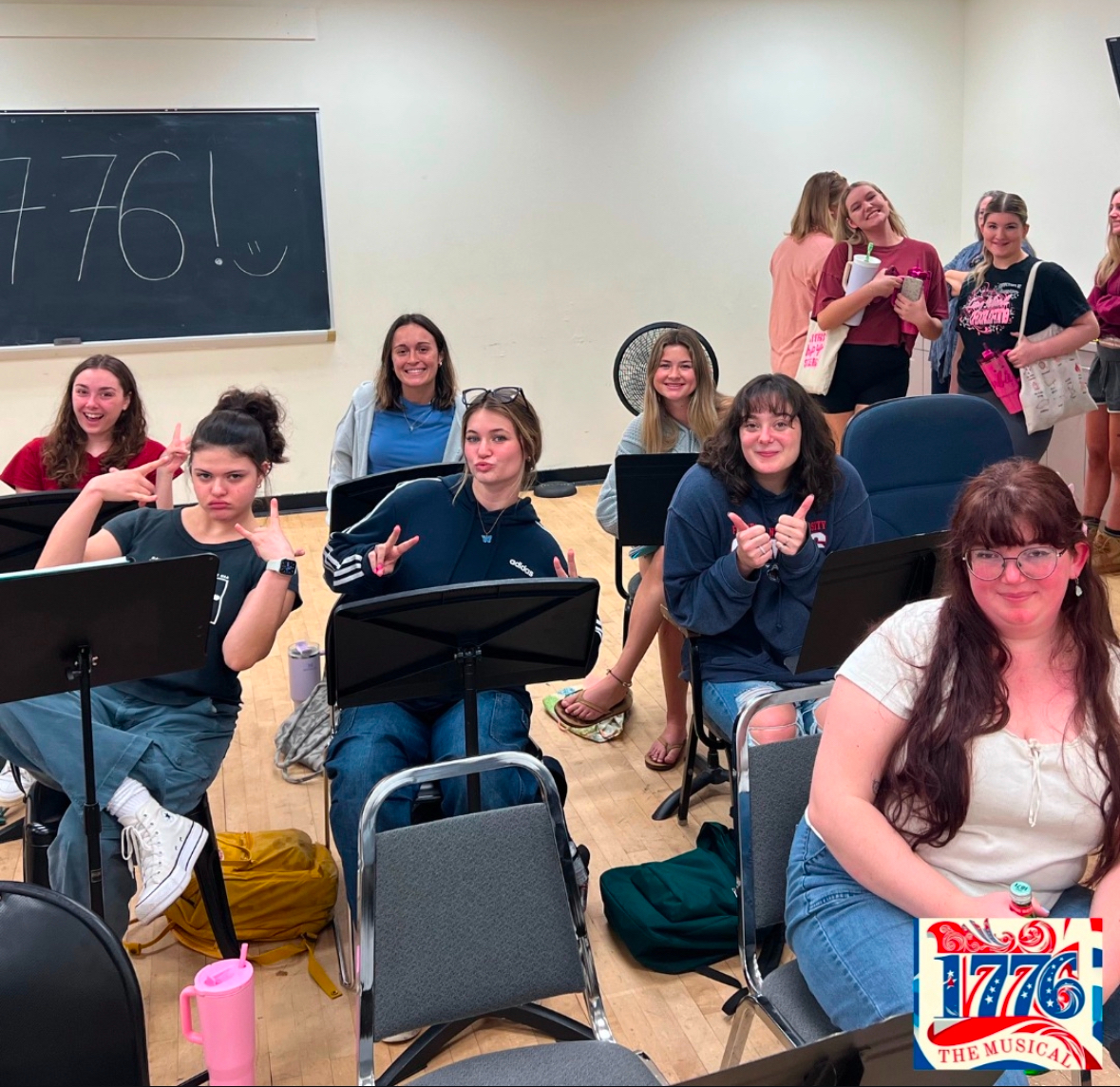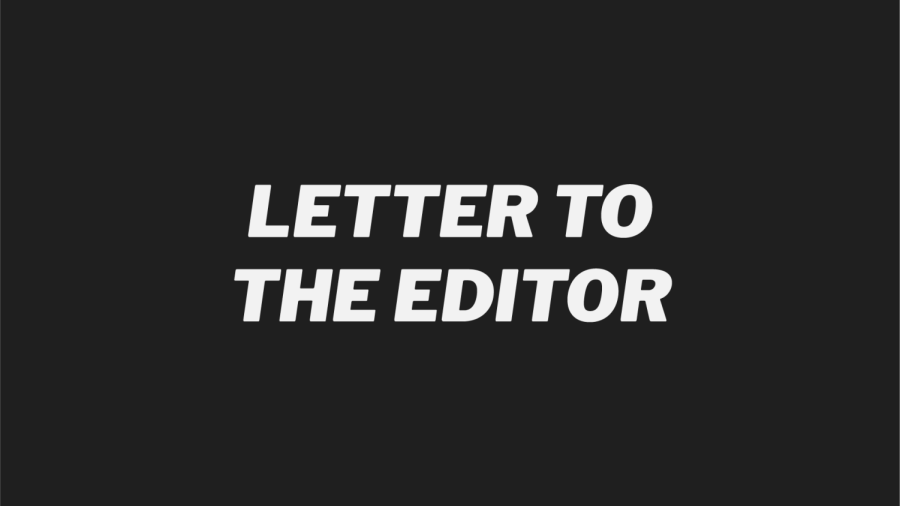I’m going to start by saying that I’ve downloaded a good deal of music from the internet since the popularity of this “crime” when Napster was a thing in 2000-2001. Definitely over 100GB worth. And even today, I’ll sometimes thoughtlessly click “download,” ignoring the implications of my actions. But as I grew older, I got to know my family who write and play music in Nashville and New York, started making music of my own in a band, and became aware of the effects of music piracy.
Most people don’t care about the cost of music piracy, and this column probably won’t change their mind. But what if there was a way to get all the music you were listening to all in one place on your computer and even on your smartphone, for just $10 a month (or less)?
I’ll tell you about some of your options and, more importantly, why you should be streaming instead of pirating.
First let’s look at some of the more popular software available.
|
Spotify Free to use but ads play every few songs, pay $5 a month and get radio, unlimited plays, plus get rid of the ads. $10 a month gets you mobile access, offline access, and high-quality audio. Add your own songs or listen to the 25 million they already have. |
Pandora Free to use with or without an account. Creating an account will help track your favorite music and make better predictions to cater to your taste. Limit to how many times you can skip songs per hour. $3.99 a month gets you Pandora One, which eliminates ads and gets you higher quality audio. |
MOG FreePlay Very similar to Spotify, but with a 16 million song catalog and only high quality audio. Same price categories as Spotify as well. |
Rdio Also similar to Spotify in function, but not free. $4.99 for web access, $9.99 to add mobile, and $17.99 for a “family” plan which gives you a second account. |
MySpace Music Bought by Justin Timberlake in 2013, Myspace is now a redesigned music streaming software with a huge catalog of music that’s free to use. Create an account and you can save playlists, favorite artists, and more. |
Soundcloud Definitely the best option if you’re an artist. You can listen to and download independent artists’ streams, mixes, and other uploads, comment on them, and share them. And as an artist, you have complete control over what you upload, who can listen to it, and if they can download it. You get two free hours of material, $6 a month gets you four hours of upload and you can track your fans. $15 per month gets you unlimited upload and track what apps and websites are getting your music the most plays. |
Note: This information is current as of January 2014. Subject to change at companies’ discretion.
There are other options out there, but these are some of the more popular options available in the United States. Deezer is another service, similar to Spotify, that claims to pay artists more than Spotify and offers artists a way to interact with their fans, but is not available in the US (yet).
Streaming music, though still imperfect, is one of the best things to happen to music since the radio. It’s cheap, it’s legal, it’s easy to use, and artists are getting paid. Granted, it isn’t much (about $0.007 per song stream with Spotify, $0.0012 with Pandora), but artists are able to use these streaming services as another source of income. Perhaps someone will raise the minimum that artists can get paid for their work in the same way minimum wage is mandated in each state, but it’s a start.
Music streaming is very late to the game of offering this model for paying for media. Netflix and eBook services realized this early on, but the music industry decided to sue its consumers for trying to get music for free. As a result, policy has been enacted over the years that has included The Copyright Act of 1976, Piracy and Counterfeiting Amendments Act (1982), and the Digital Millennium Copyright Act (1996) are just three examples of national legislation that place limits on “piracy,” reproduction, and copyright infringement of music and media in the United States.
Recent bills including the Stop Online Piracy Act (SOPA) and the Protect IP Act (PIPA) included broad, sweeping provisions that made a lot of people unhappy. Online “blackouts” and other protests by regular people show how the power of peaceful protest can have a real effect on the law. On January 18, 2012 websites including Wikipedia, Google, Reddit, and others “blacked-out” their websites, making some or all features unavailable for the day. Facebook founder Mark Zuckerberg urged users to contact their congressmen about the issue, and Twitter saw over 2.4 million tweets protesting SOPA and PIPA. According to Pro Publica, a nonprofit research corporation, by the 19th, support in Congress went from 80 for and 31 against to 65 for and 101 against.
So where is music streaming going?
Unfortunately, it’s difficult to track something like music piracy as different sources will show you vastly different results, but most independent, non-profit sources show a decline in music piracy since 2008 (the same year Spotify started and Pandora launched its mobile app) and Spotify and Pandora both show steady increases in membership since 2011.
Spotify boasts over 24 million active users, with 6 million of those being paid subscribers. Pandora passed 200 million users last year, 140 million of whom use it on their phones.
These companies continue to update their software making it more user-friendly and artist-friendly, paying out more in royalties each year. If you don’t already use a music streaming software like one of the ones mentioned, I urge you to try it. They may take some getting used to, but it is very worth it if you’re looking to discover, share, and listen to music cheaply and easily.


